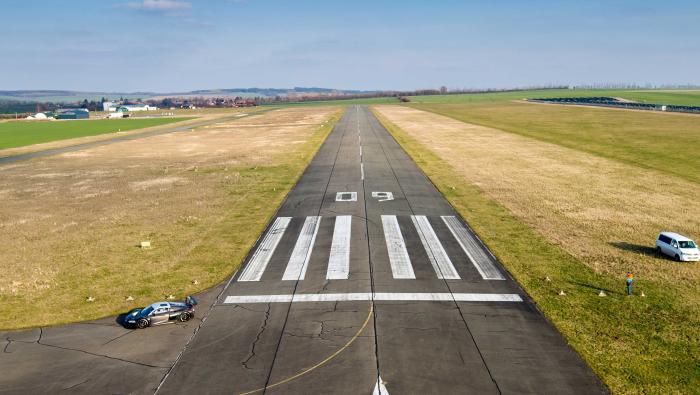Russian aviation authority Rostransnadzor on Tuesday issued an “inspector instruction” to Saratov Airlines calling for the grounding of its five remaining Antonov An-148s in response to flight safety concerns raised by the February 11 crash of one of the twinjets, in which all 71 people on board were killed.
Rostransnadzor is a Russian acronym for “The Federal Authority for Transport Oversight of the Ministry of Transport of the Russian Federation.” It acts as an executive federal authority that oversees national legislation and international agreements in the transport sector.
“We have come up with some findings,” said Rostransnadzor director Victor Basargin in response to questions from journalists about a report from the authority regarding the circumstances surrounding the crash. “We say that we have some issues discovered in relation to the [airline] personnel as well as to the [aircraft] manufacturer.” The watchdog’s head added that his organization plans to inspect “all other An-148 operators” to check whether or not they observe all technical procedures relevant to the type.
Basargin’s clarification appears to have added more confusion, as a number of local media outlets erroneously reported accounts of a nationwide An-148 grounding. The misreporting prompted Russia’s Angara Airlines to issues its own statement on Wednesday. “There have been no instructions, let alone the demand to ground our An-148-100Es, from the side of the aviation authorities,” it said. Other operators of the type—the ministries of defense and emergencies and Rossiya’s special aviation department, which serves the Russian government—continue An-148 flights without restriction.
Rostransnadzor has imposed restrictions due to expire in April on Saratov Airlines’ air operator certificate (AOC). As a result, Saratov grounded its An-148 fleet on Wednesday. According to Ilyushin Finance Company (IFC), from which the carrier leases the An-148s, aviation authorities have told Saratov to implement all necessary procedures prescribed, including all technical bulletins issued by the aircraft manufacturer. Meanwhile, Saratov Airlines continues flying its Embraer E190s and Yakovlev Yak-42Ds, even after one of its Yaks suffered an engine failure on March 1. The aircraft in question landed safely with passengers on board after one of the airplane's three D-36 turbofans flamed out.
Although authorities have yet to publish a final report on the February 11 crash, Russia’s Interstate Aviation Committee (MAK) has identified as a likely cause ice buildup on pitot tubes, which did not have functioning deicing, for unspecified reasons. The investigation revealed that a “dangerous situation” began to unfold two and a half minutes after liftoff, when the airline climbed at a speed of 250 to 253 knots. Local media have suggested that incorrect speed readings coming from the ice-clogged pitot tubes led to the accident. According to the airplane’s flight data recorder, the g-load factor varied from between +0.5 and 1.5 over the course of a minute as the pilots tried to keep control of their crippled aircraft. Once they failed, the airplane fell from an altitude of 6,250 feet to the ground.






